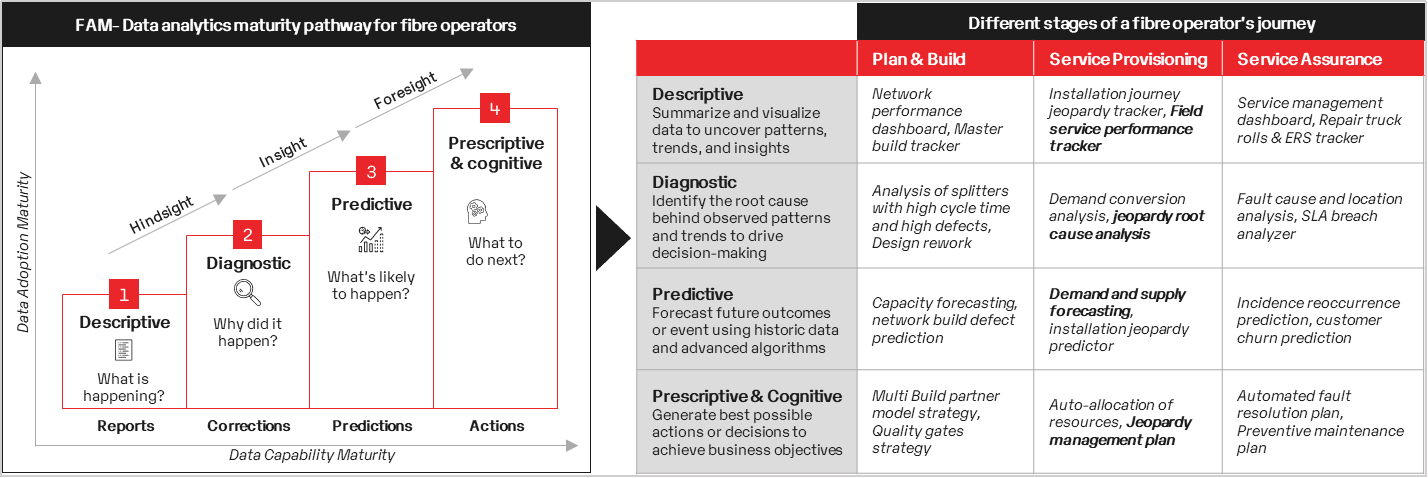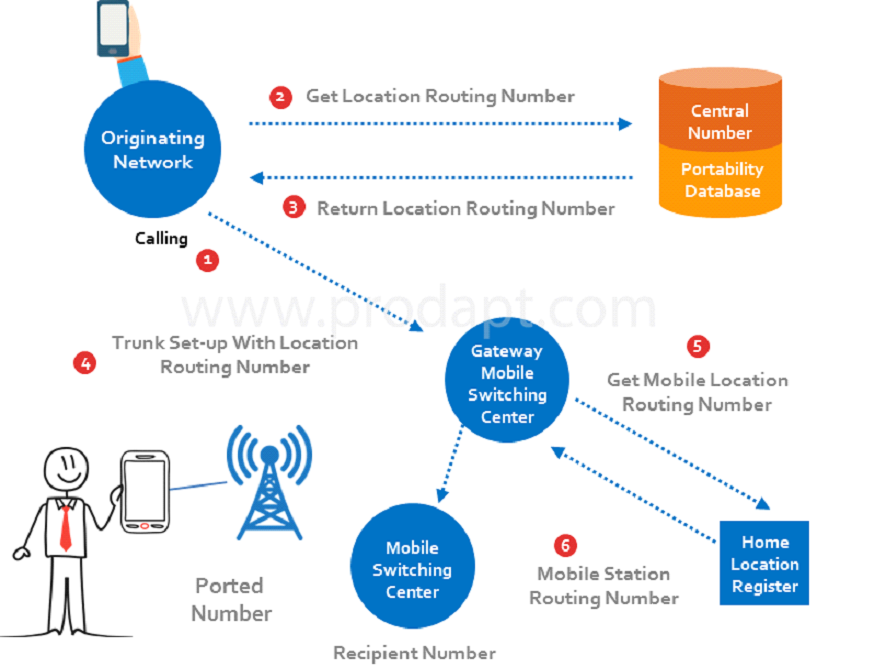Leverage DesignBuddy to cut design cycle time by 30%, speeding up product time to market by 15%, and lowering design phase costs
Solution design is a crucial phase in software development, defining product architecture and requirements. Creating these software solution blueprints has traditionally been a complex and manual process. Gathering comprehensive requirements from diverse stakeholders while ensuring scalability and performance is challenging, often leading to cost overruns, potential errors, and inefficiencies.
Key challenges in the Software Solution design (SSD) creation process include:
- Knowledge Fragmentation: Design info is scattered across formats and systems, causing inconsistencies
- Knowledge Concentration: Reliance on a few experts creates bottlenecks & risks if they are unavailable; organizations with high dependency on key individuals experience 26% more project delays
- Technology Evolution: Frequent tech changes outpace manual design methods
- Inconsistent Quality: Manual designs are prone to human error, leading to inconsistencies; ~15 -20% increase in time-to-market due to delays in design retrieval and inefficient design processes
Failure to address these challenges can lead to missed revenue opportunities, loss of market share, or inability to scale innovations. Leverage Generative AI to address these challenges and revolutionize SSD creation by facilitating rapid knowledge gathering, retrieval, and content generation for designers. Implement the DesignBuddy Framework, powered by Generative AI, for an interactive and standardized automated SSD generation process. This framework systematically understands user demands, retrieves relevant data, conducts impact analysis, and generates tailored solution designs. As a result, it boosts design efficiency by 30%, accelerates time to market by 15%, and ensures consistent, rapid software releases to maintain a competitive edge.

Figure : DesignBuddy Framework and its four key components
“ Generative AI can revolutionize the software development lifecycle across various phases, including requirement analysis and design phase, enhancing employee productivity and accelerating time to market for software products. ”













